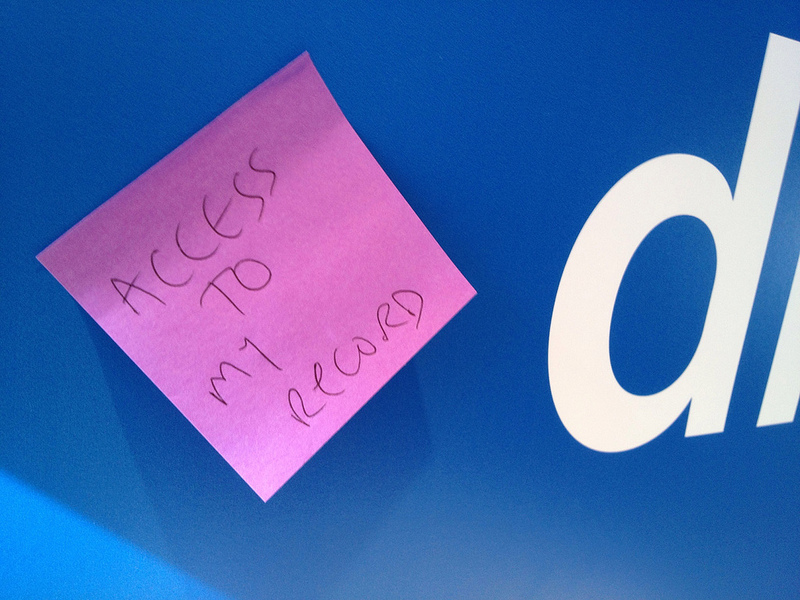According to a report by Ofcom, UK adults are spending an average of eight hours and forty one minutes a day on devices. People are connecting and sharing their data in unprecedented amounts, and it’s only accelerating.
As communication has changed, a breed of company that specializes in turning consumers into their best-selling products has appeared. In Germany, we call these companies the DatenKraken – harvesting personal data with the aim of generating more and more revenue. For companies like these, their actual customers are not the individuals who use their services every day; rather they are the advertisers who use the insight that’s extracted from analysis of the data that individual users carelessly generate and give away to sell. Data makes the world go round, not money.
This is unacceptable for the ordinary person, and it’s only getting worse. The increase of content being created, shared and published is driving all new service models to monetize how people freely share information across the internet.
But why should we sit back and allow our content to be used and abused by the likes of Facebook all for the benefit of its shareholders? There is a growing demand for transparency and user control – reclaiming the right to create, share and publish content in the way that they choose or choose the devices they use.
The way to reclaim our data, salvage the internet and stop the development of an Orwellian nightmare is to turn the tables on the DatenKraken; own our personal data and be given the option to sell it to them for a fair price. He who pays the piper calls the tune.
A free and open internet means controlling our own resources; store our data, and to manipulate, share, delete, and keep it private at our discretion.
The author: Rafael Laguna is co-founder and CEO of Open-Xchange, a global leader of web-based communication, collaboration and office productivity software. Sold and delivered through cloud and hosting providers, all Open-Xchange software is also available for free download, ensuring that users keep the choice to move to another provider or run the service on-premise at any time.

